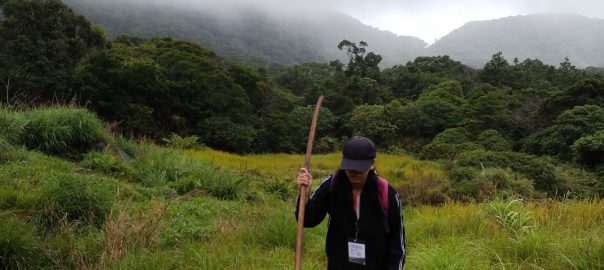Written by: Jeferson M. Abiva Some ‘galaan’ within our circle only succeeds when there is no plans laid ahead of time. Yet most of it creates best of memories, best of Endless Fun, Cagayan.
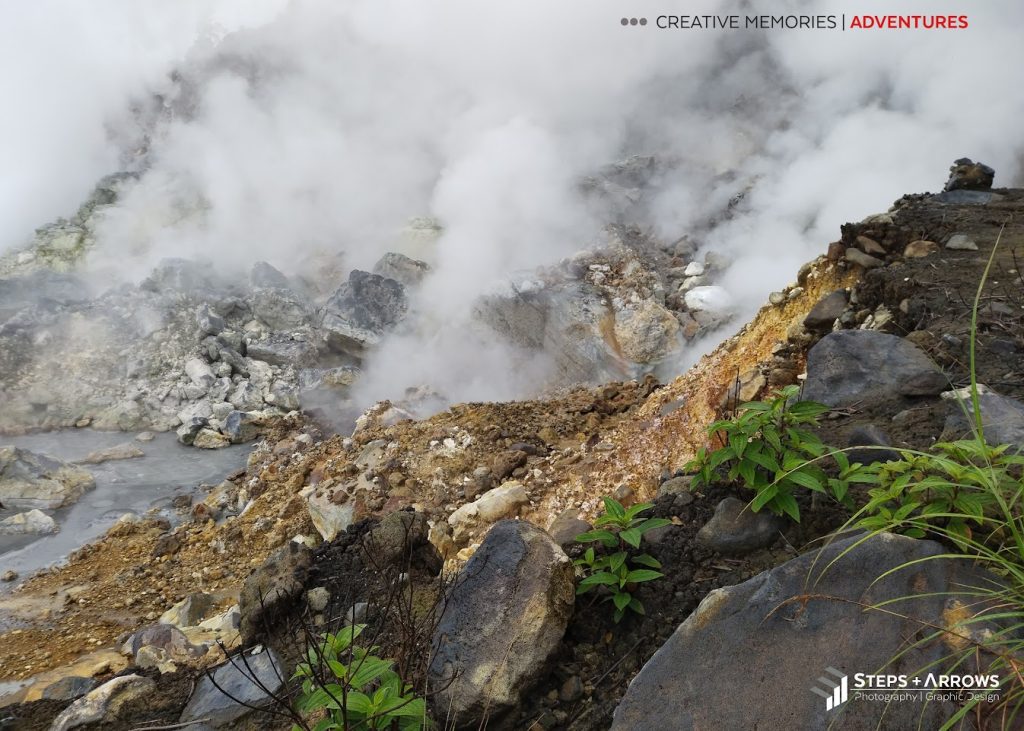
BOILING ASHES
Mt. Cagua Volcano
Gonzaga, CAGAYAN
Ecotourism/Nature Tourism
When we embarked for a hike to the stratovolcano of Gonzaga, we were only told that it’s gonna be a three-hour trip. Little did we know that that will include a steep, muddy and rough journey ahead to reach its peak. After we took a snap of Mt. Cagua for half an hour, we will take again the same route back to station zero under the guise of December rain, in a bid to cross out Cagua in our travel list.

Some scenes still register in my mind as we walk along the designated paths. For a moment, I realized this was what it really felt like to achieve those IG-worthy scenes of the famoust Cagua. While I should’ve prepared a week-long workout, my fellow hikers must have thought the same too because it was exhausting, for those unprepared. But most of it was also rewarding as we saw the diverse fauna and flora of Gonzaga along the way. I will never forget that giant fern over there. The view of the coastline of the town is magnificent, also with the waterfalls in between.
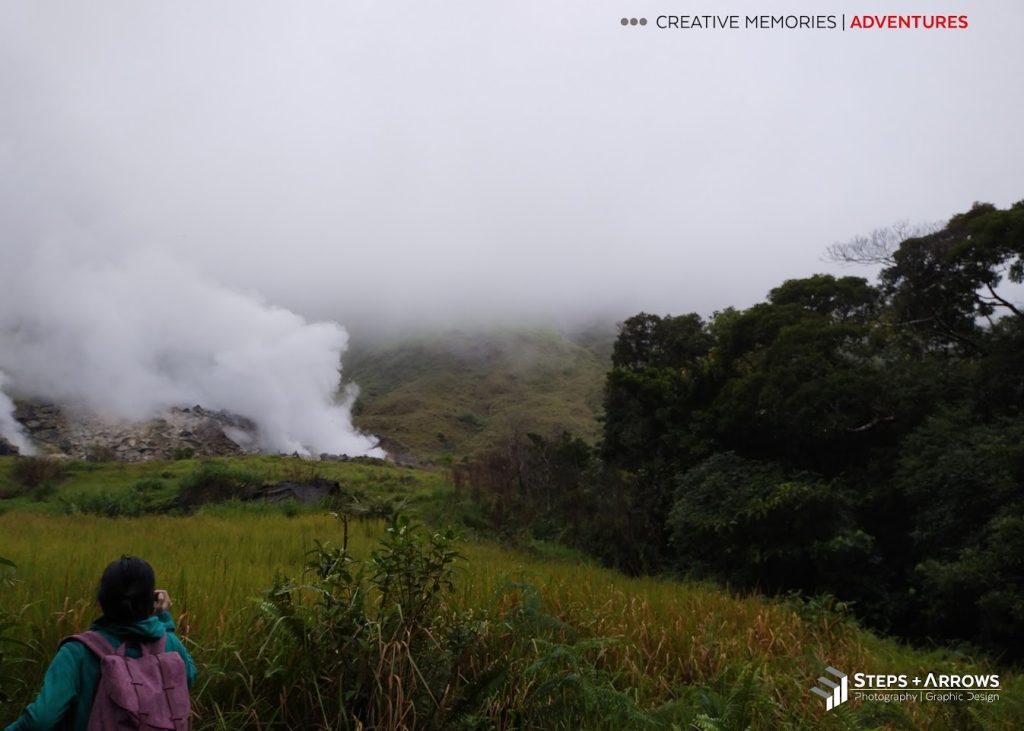
What makes Mt. Cagua a unique tourist spot is its nature. When you’re there, you can shoot a hundred snaps because of its natural state. Untouched, no garbage, no structures, just a smoking mound with ashes, boiling water and tall grasses. And that smell, a boiling ash. The sound of which is similar to a room with a generator set, shooting a scent of burnt ashes in the air.
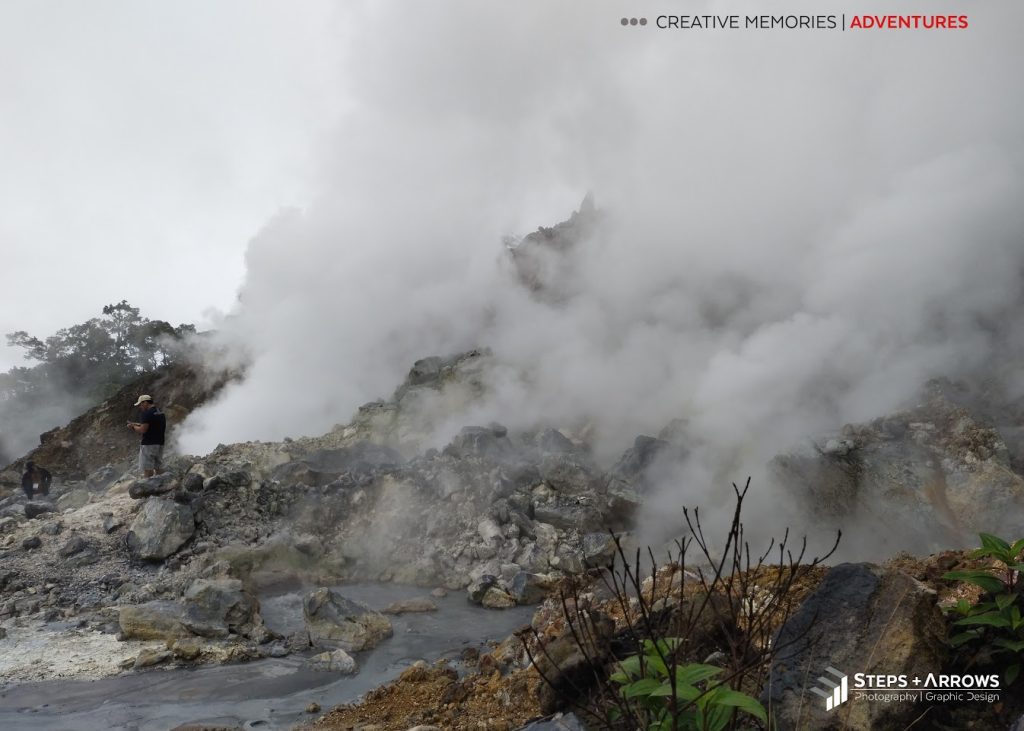
Just in time for a photo-ops, we need to take again the same route way down. But as we enjoy ourselves with this Mt. Cagua, we noticed that there is actually another one in the far side, an another Cagua?
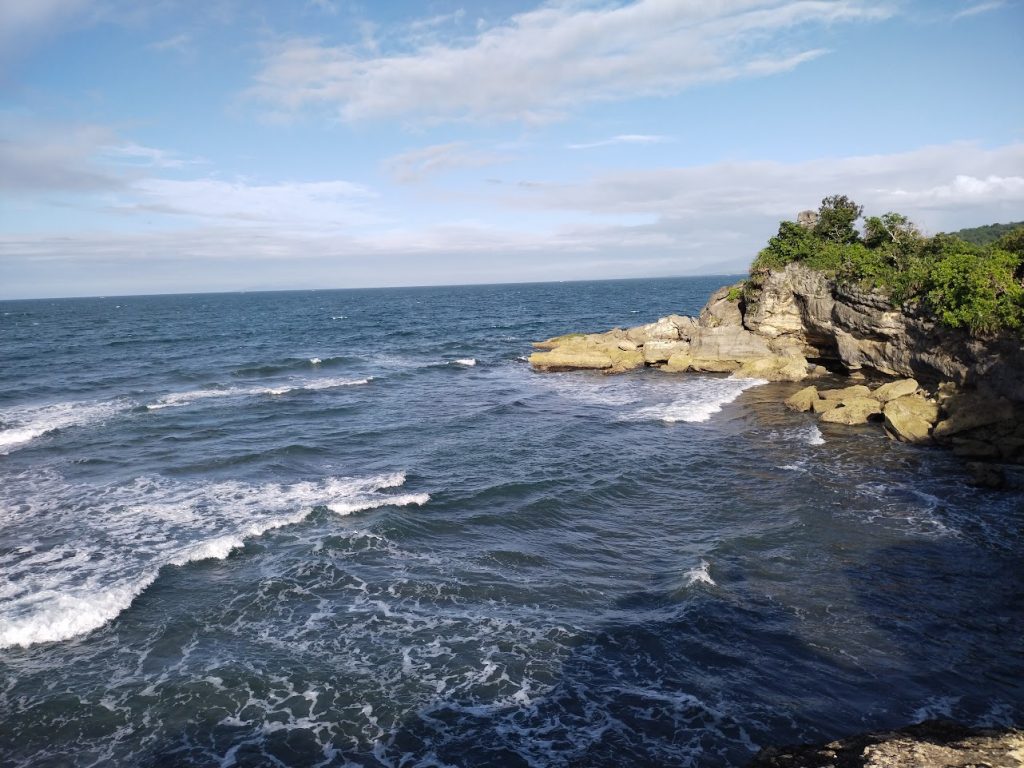
‘PEARL ON THE BEACH’
Tallag Beach and Rock Formations
Cabanbanan Norte, Gonzaga, Cagayan
Sun and Beach Tourism
Part of what amazes me of this trip to Tallag Beach is also the rock formations a few kilometers from the beach itself. For a moment I thought, was this actually part of the seabed thousand years back? Just imagine how deep the sea have subsided throughout the times. We’re just a speck of its life story.
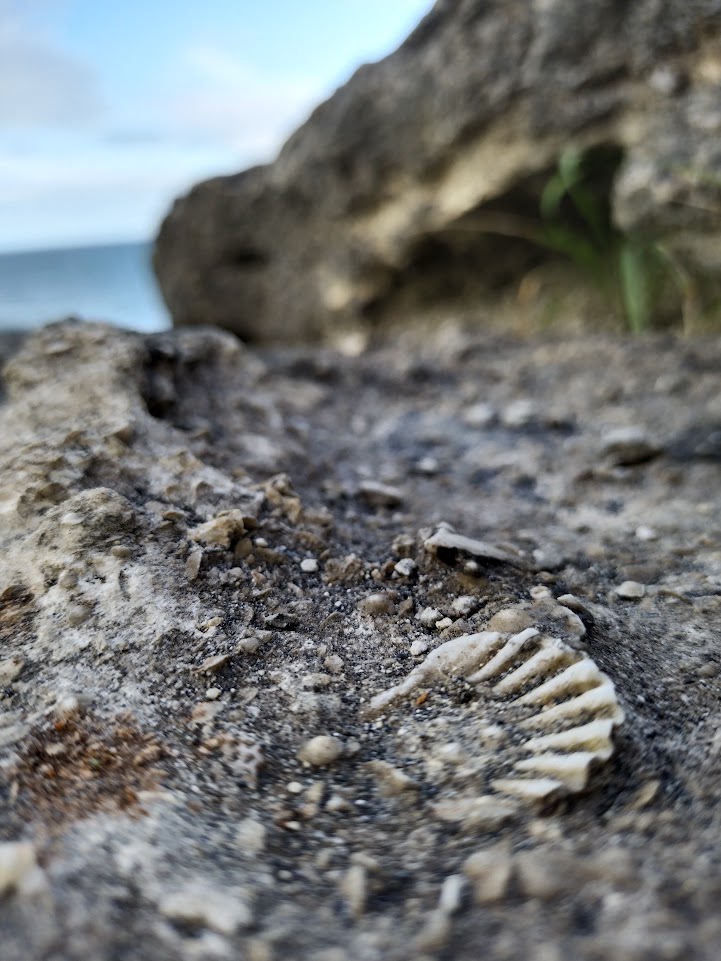
Tallag Beach and Rock Formations has features that does not disappoint. From where I stood to take a shot, the rock formation was part of Creation, that there were once some kind of species that treat this as habitat. It was a witness to the history of Gonzaga and how the sea offers a livelihood and a means of living to its inhabitants, and now, a tourist spot.
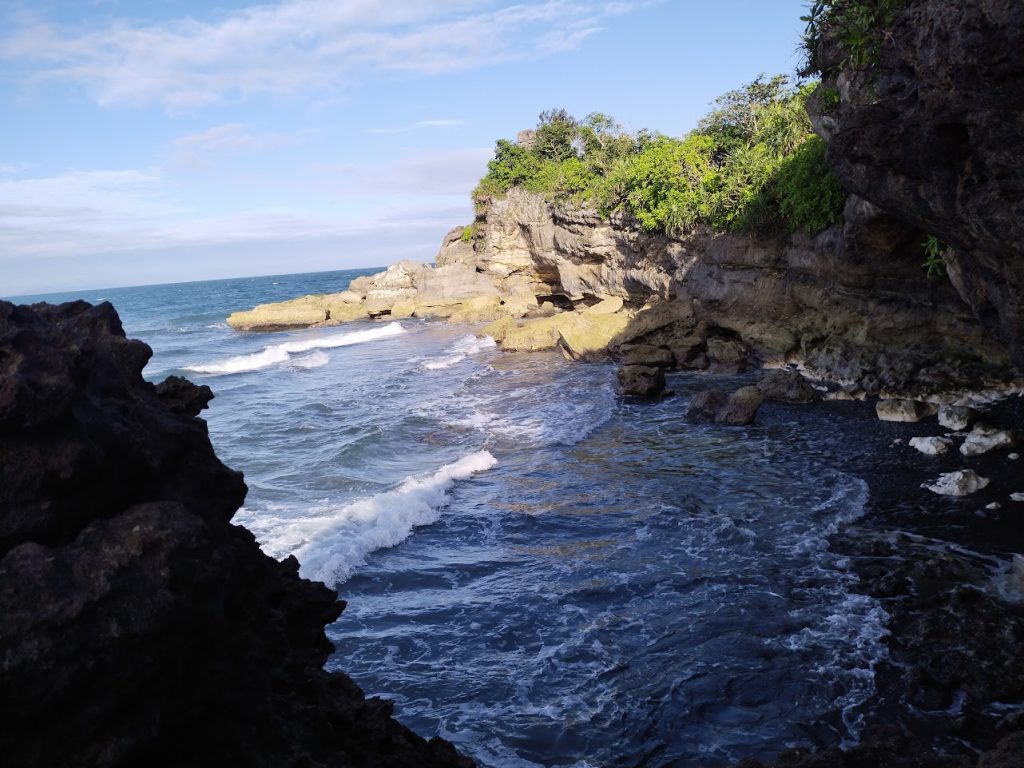
Whether this site be regulated to prevent vandalism and promote responsible tourism is up to the LGU. After all, this has stood the test of times, and will still be here over the course of thousand years, and we won’t be there to tell the tales.
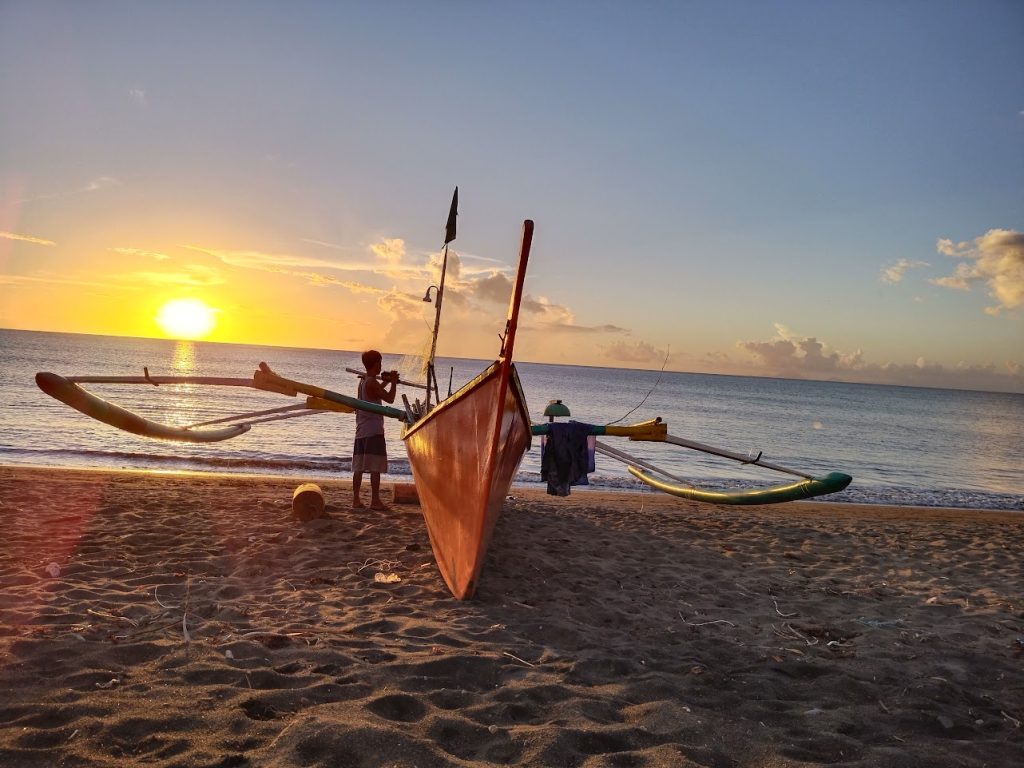
SABAT: A BAYANIHAN BY THE SEASIDE
Fishing culture of Gonzaga
Baua, Gonzaga, Cagayan
Cultural Tourism
At sunrise, flocks of locals await at the coastline of Bigot, a purok in Baua, Gonzaga. Depending where the fishing boat will take beach, they adjust their position. When the boat beaches, they will get at least 2 pieces of short logs (called ‘pulí’) and position it perpendicularly into its keel. They will then gather around the boat’s outrigger boom and in unison will lay the boat offshore. After which, those who took part will get a free fish from last night’s catch, as fresh as the day, just in time for breakfast.
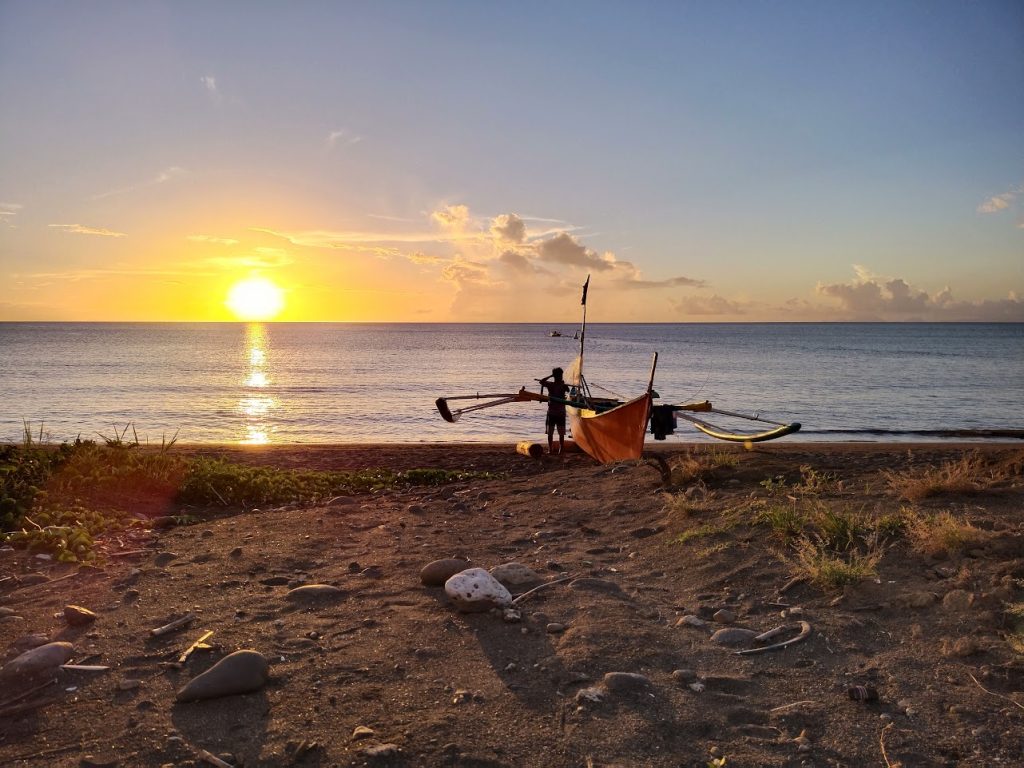
This practice is called ‘sabat,’ meaning ‘to meet halfway,’ the act where the locals meet the fishermen at the coastline and aid them to lay their boat offshore. This is Gonzaga’s version of ‘bayanihan,’ similar to the bayanihan of the Tagalogs, only that in here a boat is lifted.
This culture has been in practice since I was a kid, and still glad to see it thrive through the years. It is a proof that for a community to survive, it must accomplish goals as one because we all are one.

